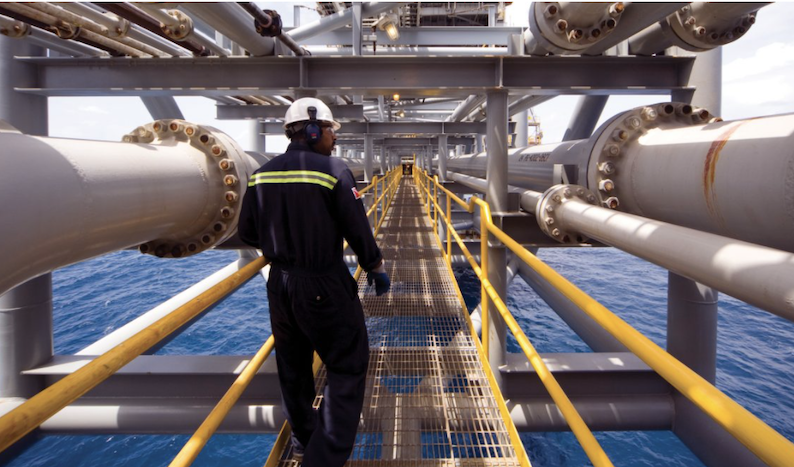 Energy prices are rising
Energy prices are rising
Britain’s economic growth is expected to slow down as the Ukraine conflict raises the cost of energy and commodity prices.
EY Item Club’s interim forecast, to be published tomorrow, indicates that GDP will grow by 4.2% in 2022, down from the 4.9% forecast in the its Winter Forecast, just before Russia’s invasion of its neighbour.
Growth of 1.9% is forecast in 2023, against the earlier prediction of 2.7%.
Rising prices energy and commodity prices will add to already significant UK inflation – now expected to peak at a 40-year high of 8.5% in April, up from the 7.2% peak predicted by the Winter Forecast.
The EY ITEM Club expects inflation to still be close to 6% by the end of 2022, and to not fall back in line with the Bank of England’s 2% target until late-2023.
Hywel Ball, EY’s UK chair, says: “The UK economy entered 2022 in good shape, but the weaker outlook now reflects an assumption that energy prices will be higher for longer, adding to the cost of living and inflationary pressures already weighing on businesses and households.”
The EY ITEM Club says that, after rebates, a typical household energy bill could be just short of £2,500 by October 2022 – almost double the £1,277 typical bill in March 2022.
Average pre-tax pay is expected to rise by about 4% this year, well behind average inflation of 6.5%. Benefits payments are due to rise by only 3.1% in April, which will exacerbate cost of living pressures facing those on low incomes.
CBI points to faster activity
A more optimistic survey from the CBI says private sector activity grew at a slightly faster pace in the three months to March (+18% from +13% in February).
Looking ahead, it expects private sector activity to grow at an even faster rate in the next three months (+27%).
The CBI Growth Indicator is based on responses from 454 firms between 24 February and 15 March.
However, Alpesh Paleja, CBI Lead Economist, acknowledged that “ these positive results may not yet fully reflect the headwinds facing business from the conflict in Ukraine. Companies are having to grapple with higher costs, continuing supply chain disruption, and are mindful of an intensifying cost of living crunch.”
